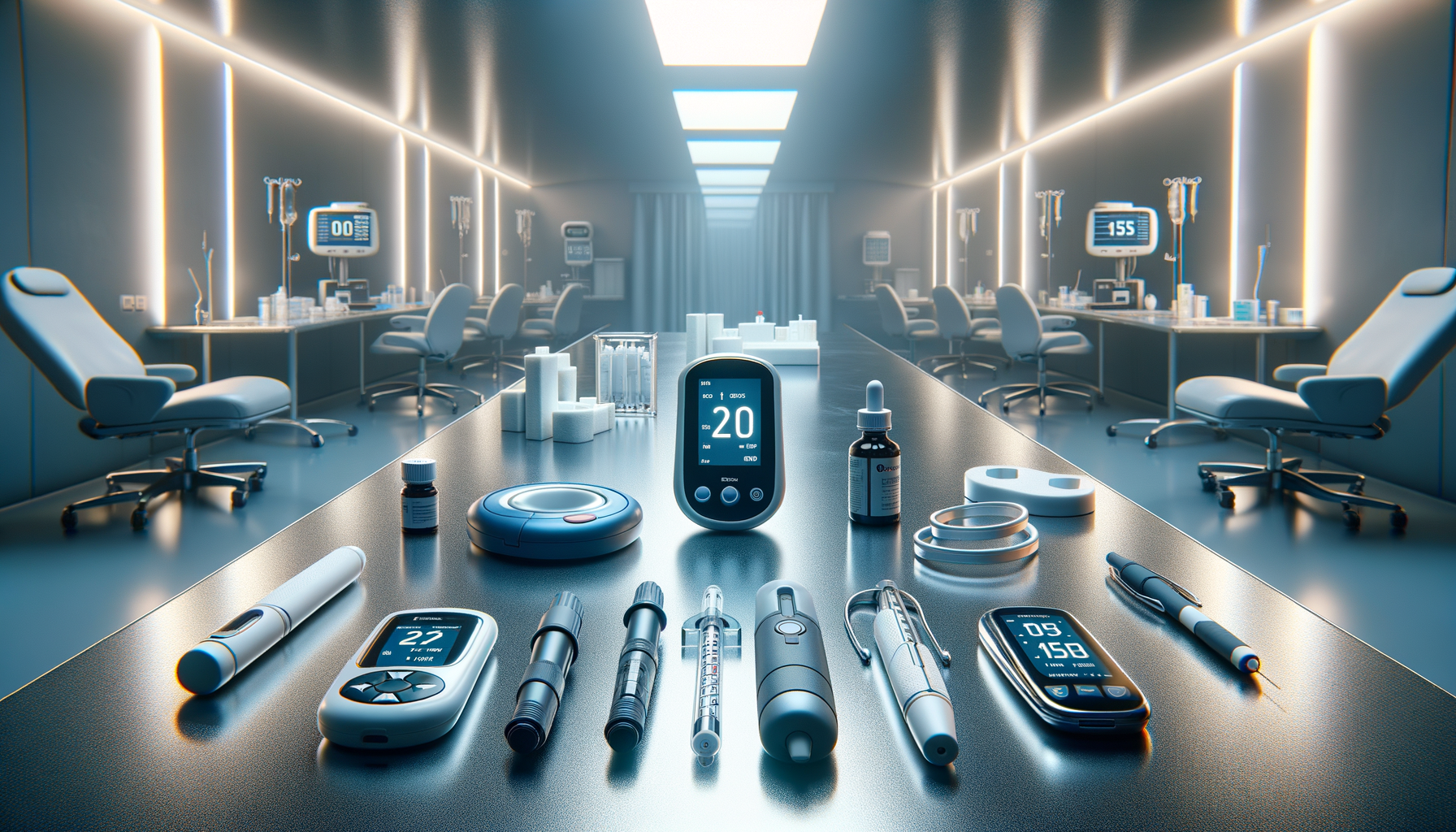Introduction to Diabetes Monitoring
Diabetes monitoring is a crucial aspect of managing diabetes, a condition that affects millions worldwide. The ability to track blood glucose levels throughout the day can significantly impact an individual’s health management. With the advent of wearable devices and smart technology, the landscape of diabetes monitoring is rapidly evolving. These advancements offer individuals more consistent and real-time data, empowering them to make informed decisions about their health.
Understanding how these devices function and their role in daily health management is essential for anyone affected by diabetes. This article explores the various aspects of diabetes monitoring, from the technology behind the devices to the benefits they offer in managing the condition. Whether you are newly diagnosed or have been managing diabetes for years, staying informed about the latest monitoring tools can enhance your quality of life.
The Evolution of Diabetes Monitoring Devices
The journey of diabetes monitoring devices has been one of remarkable innovation. Initially, individuals with diabetes relied on cumbersome and less accurate methods to check their blood glucose levels. However, technological advancements have paved the way for more precise and user-friendly devices. Modern monitoring tools are not only more accurate but also offer a range of features that make them indispensable in diabetes management.
Wearable devices have become particularly popular, providing continuous glucose monitoring (CGM) that tracks glucose levels in real-time. These devices eliminate the need for frequent finger pricks, offering a less invasive and more convenient option. Furthermore, smart technology integration allows these devices to sync with smartphones, providing users with detailed insights into their glucose patterns and trends.
The evolution of these devices is ongoing, with researchers and developers constantly working to improve accuracy, ease of use, and features. As we look to the future, the potential for even more advanced diabetes monitoring tools is promising, offering hope for better management and improved outcomes for those living with diabetes.
How Diabetes Monitoring Devices Work
Understanding the functionality of diabetes monitoring devices is key to utilizing them effectively. Most devices work by measuring the glucose levels in the interstitial fluid, which is the fluid surrounding the body’s cells. Continuous glucose monitors (CGMs) use a small sensor inserted under the skin to measure glucose levels every few minutes. This data is then transmitted to a receiver or smartphone app, providing users with real-time glucose readings.
Some devices also offer features such as alarms that alert users when their glucose levels are too high or too low, enabling timely interventions. Additionally, many devices can store historical data, allowing users and healthcare providers to analyze trends and make adjustments to treatment plans as needed.
While these devices offer significant benefits, it’s important to note that they require regular calibration and maintenance to ensure accuracy. Users should follow the manufacturer’s guidelines and consult with healthcare professionals to maximize the effectiveness of their monitoring device.
The Benefits of Using Diabetes Monitoring Devices
Diabetes monitoring devices offer numerous benefits that can greatly enhance the quality of life for those managing the condition. One of the primary advantages is the ability to track glucose levels continuously, providing a comprehensive picture of how different factors affect blood sugar. This information can be invaluable in making dietary and lifestyle adjustments to maintain optimal glucose levels.
Moreover, these devices can reduce the need for frequent finger pricks, making glucose monitoring less painful and more convenient. The integration with smartphone apps also allows for easy sharing of data with healthcare providers, facilitating better communication and more personalized care.
For many, the peace of mind that comes with knowing their glucose levels at all times is a significant benefit. It empowers individuals to take control of their health, make informed decisions, and potentially reduce the risk of diabetes-related complications.
Choosing the Right Diabetes Monitoring Device
With a variety of diabetes monitoring devices available on the market, choosing the right one can be a daunting task. It’s important to consider several factors to ensure you select a device that meets your needs and lifestyle. First, assess the accuracy and reliability of the device, as these are critical for effective diabetes management.
Ease of use is another important consideration. Look for devices with intuitive interfaces and features that align with your daily routine. Compatibility with smartphones and other devices can also be a deciding factor, especially if you value the convenience of accessing your data on the go.
Finally, consult with your healthcare provider to get recommendations tailored to your specific condition and needs. They can provide insights into the latest devices and help you make an informed decision. Remember, the right monitoring device can make a significant difference in your diabetes management journey.




Leave a Reply